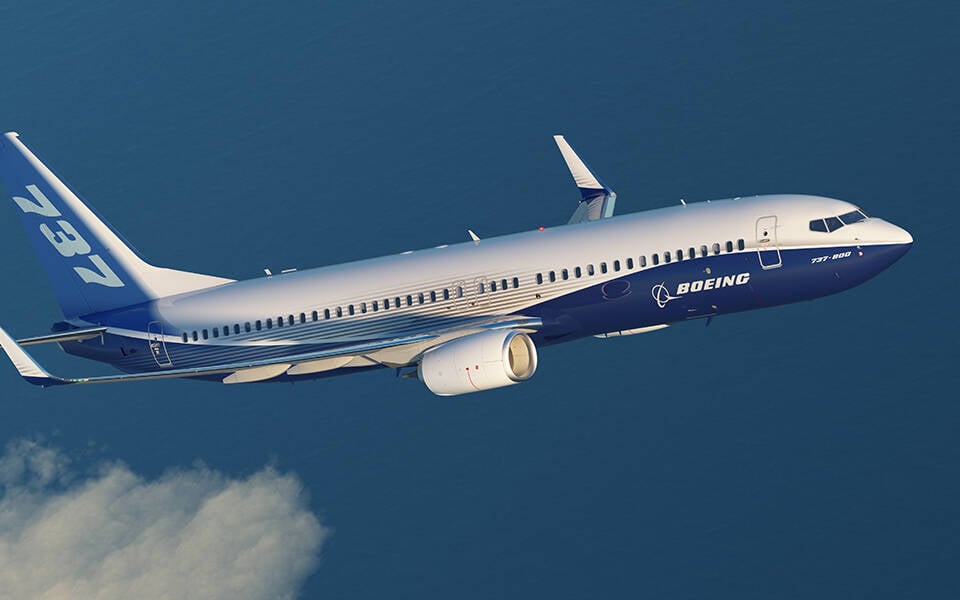The disastrous crash of a Boeing 737-800 in South Korea over the weekend, which killed 179 of the 181 people onboard, was followed by a second incident involving Jeju Air. On Monday, the flight was forced to return to its origin due to a reportedly similar landing gear issue.
It’s still not clear what caused Jeju Air flight 7C2216, originating in Bangkok, Thailand, to crash Sunday at Muan International Airport in South Korea shortly before landing. Preliminary investigation of video footage of the accident, however, suggests multiple factors leading to the crash, in which only two flight attendants seated at the rear of the plane survived.
According to reports describing the leadup to the crash, 7C2216 was warned of bird activity in the area, followed by a report from the aircraft that, despite the warning, it had struck a bird. Aviation experts at FlightRadar24 said the craft made a low-altitude flyover of the airport, likely in an attempt to have officials on the ground confirm the state of the plane and suggest next steps.
FlightRadar24 said that ADS-B broadcasts from 7C2216 stopped during its flyover, which could have multiple explanations, “including loss of electrical power to the transponder, a wider electrical failure, or pilot action on the flight deck,” the flight tracking site explained.
Regardless of the reason, video of the crash landing on 7C2216’s second approach showed that the landing gear on the aircraft wasn’t deployed, and flaps and slats used to slow the aircraft appeared to be stowed. After landing, 7C2216 crashed into a concrete barricade and burst into a fireball, killing nearly everyone onboard.
To make matters worse, this could have been the first of a pair of accidents involving a Jeju Air flight, as yesterday, a second flight was forced to return to its point of origin after allegedly suffering a similar landing gear issue.
Jeju Air flight 7C101, from Seoul to Jeju Island, experienced a mechanical issue with its landing gear on Monday morning local time. The aircraft, another Boeing 737-800, was able to resolve the matter but returned to Gimpo Airport as a precautionary measure to switch aircraft.
Answers likely to take time
Given two similar incidents with two Jeju Air Boeing 737-800 aircraft in as many days, South Korean officials aren’t taking any chances and have decided to inspect every single 737-800 in use by the country’s airlines. That will amount to the review of 101 737-800 aircraft, 39 of which are operated by Jeju Air.
Whether the issue could be another snag for Boeing, which has faced considerable scrutiny following a pair of crashes and mechanical issues in recent years, isn’t immediately clear, and the aerospace firm didn’t address such a possibility when asked.
“Consistent with US law and the UN International Civil Aviation Organization protocol known as Annex 13, we will refer you to Korean authorities for any information about the accident,” a Boeing spokesperson told The Register when asked whether the accident could be due to issues with the 737-800 or problems at Jeju Air.
“We are in contact with Jeju Air regarding flight 2216 and stand ready to support them,” the spokesperson added. “We extend our deepest condolences to the families who lost loved ones, and our thoughts remain with the passengers and crew.”
While it wouldn’t comment on the possibility of additional issues with Boeing aircraft, the company did point us to the National Transportation Safety Board’s statement indicating NTSB and Federal Aviation Administration officials, along with Boeing employees, were on the way to South Korea to assist in the examination of the 7C2216 wreckage – a process that’s unlikely to be quick.
According to South Korean news agency Yonhap, the aircraft’s flight data recorder was damaged in the crash, and was found to be missing a connector that links its data storage unit to its power supply. Retrieving data from the unit will be complicated by the damage, may necessitate sending it to the US for extraction. The cockpit voice recorder is reportedly in better condition.
US and Boeing investigators, along with 11 members of South Korea’s Aviation and Railway Accident Investigation Board, are still inspecting the wreckage at the site of the accident in an attempt to piece together clues as to what caused the deadly failure. ®

